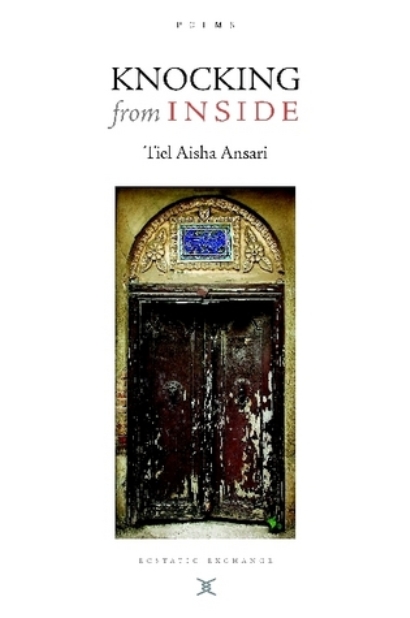They came for love, and love has made them burn
and roar and spin and tremble. Watch them burn
like candle flames the size of mountains. Turn
and turn again against the drums and burn
like solar flares, like tiger-eyes. They yearn.
They struggle, they surrender, and they burn:
a brilliant sillhouette, a feather-fern
of smoke across a staring eye, a burn-
ing scar, a crescent moon, the milky churn
of galaxies that spin-- Praise God!-- and burn.
After writing and posting this, I stopped by readwritepoem and found that this week's prompt was to take a formal poem and write it in another form. I may yet do that in a separate post, but since the prompt author mentioned an interest in ghazals, I thought I'd write briefly about my use of ghazals and ghazal-like poems.
Defining a ghazal somewhat loosely as a poem made up of an odd number of couplets, where each couplet ends with the same word or phrase, I've written about a dozen ghazals. For some stricter definitions, you can look here .
I'm drawn to the ghazal because it is one of the traditional forms in which much Sufi poetry from Persia and Turkey (among other places) was written. Other such forms are the rubaiy and rhyming couplets. Somehow rubaiys just haven't appealed that much to me (except in rubaiy-sonnets or rubonnets), and of course rhyming couplets are a common form in many languages and poetic traditions. So writing ghazals is one of the ways in which I feel connected to the Sufi poetic lineage.
However...
Some of my ghazals, such as the one above, violate what I understand to be the central feature of ghazal construction: the requirement that each couplet be able to stand alone as a poem in its own right. Enjambing (let alone hyphenating!) across stanzas is supposed to be verboten. I've always tended to write poems with an overarching dramatic or narrative structure, though, and that's difficult (though not impossible) to reconcile with this requirement.
I've never really satisfied the requirement that the repetend be preceded by a monorhyme. Instead, I've tended to do something which falls outside the limits of ghazals: I make the first line of each couplet rhyme with the repetend, as above.
Another ghazal requirement that I've never met: I don't put my name in the last line. It just feels far too me-centered, too much like an advert. Yes, I know it's traditional and was done by many of the great Sufi poet-saints: if it's good enough for Yunus, it ought to be good enough for me, right? Well, we live in a different era, one where we're surrounded by advertising and bombarded with selfish messages. I struggle to be humble about "my" (God's) poetry, and I really, really don't need to egg on my nafs by writing my name into any poems.
So, what's left of my claim to have written ghazals? Well, there is the couplet structure and the repetend. I've only spottily met the requirement that the first line of the first couplet also end in the repetend. Some of my ghazals have maintained a meter, most not. (The above is one of the few.)
As for the subject matter. Like most modern American poets, I tend to regard form definitions as completely independent from content: we generally reject the notion that, for instance, sonnets are supposed to be about love or triolets are meant to be frivolous. (Oddly enough, one of the most widely-read triolets on the internet is by Thomas Hardy. Take Valium before reading.) But I do find that my ghazals tend (even more than the rest of my poems) to be celebratory. Most of them, I think, would fit thematically with traditional ghazals from the Near and Middle East.
The ghazal resembles some more familiar English-language forms, like villanelles and sestinas, in using repetition. But in the ghazal, even when there's syntactical continuity across stanzas, the stanza structure gives a looser feel to the repetition than in the other forms mentioned above. A traditional ghazal feels a bit like a pinwheel, with the stanzas connected at a single point but free to angle off in different directions.
Collection available! Knocking from Inside
Thursday, May 29, 2008
Burn
Subscribe to:
Post Comments (Atom)

















3 comments:
That is so interesting: the pinwheel analogy. Perfect.
(And thank you so very much for using the protest poems logo!!)
You write with such clarity. The "feather-fern" image is amazing.
I discovered ghazals recently and so far have tried to obey all the rules but in the future, like you I won't be putting my name in the last couplet for much the same reasons as you outline!
Post a Comment